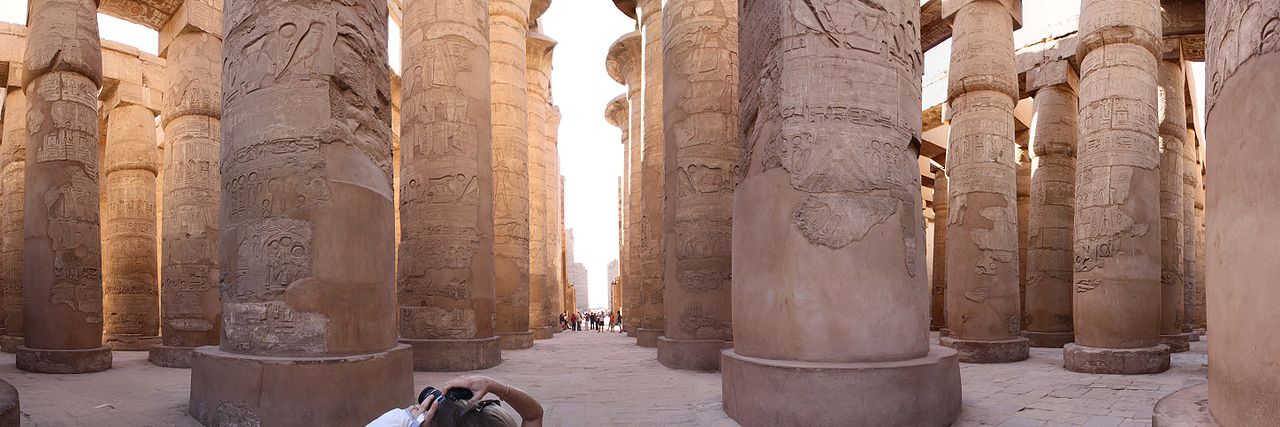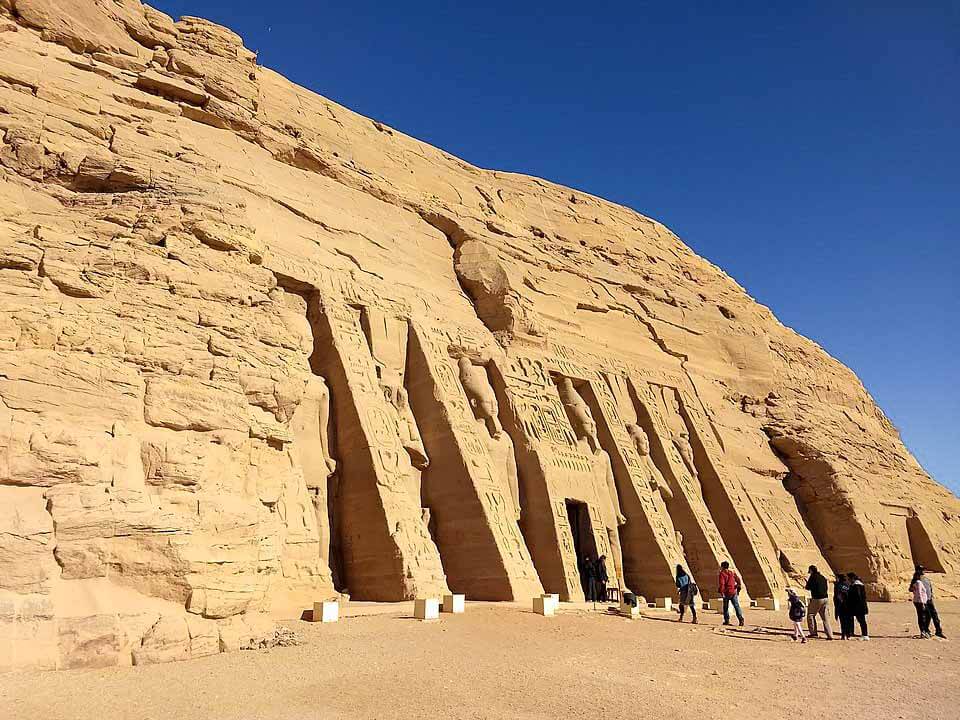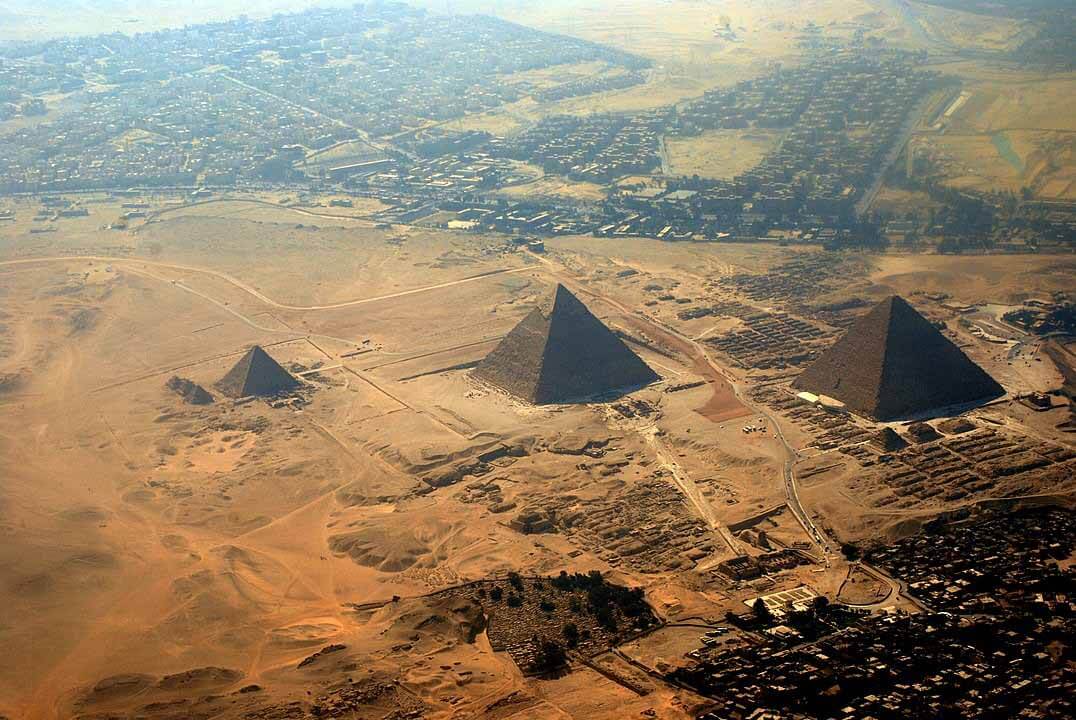Luxor, Egypt
Coordinates: 25.718370, 32.658050
The Karnak Temple Complex, commonly known as Karnak, comprises a vast mix of decayed temples, chapels, pylons, and other buildings near Luxor, in Egypt.
Karnak is much more than a Temple! It is a mammoth complex of temples, chapels, kiosks, pylons (gates) and obelisks dedicated primarily to the patron gods of Thebes (ancient Luxor) known as the Theban Trio. These were the Amun, his consort the goddess Mut, and their son Khonsu.
About 30 pharaohs contributed to the construction of Karnak, starting around 2000 BC and continuing to 30 BC. That’s 2000 years! Most of the existing buildings date from the 16-11th century BC and it is said that Karnak was the most important place of worship in Egypt during this time.
The site of Karnak is vast, 247 acres and any visitor would have difficulty taking in everything within the average guided visit of three hours. Karnak is one of those places that any visitor should visit on at least two occasions and that’s not counting the light and sound show.
The complex is a vast open site and includes the Karnak Open Air Museum. It is believed to be the secondmost visited historical site in Egypt; only the Giza Pyramids near Cairo receive more visits. It consists of four main parts, of which only the largest is currently open to the general public.
The term Karnak often is understood as being the Precinct of Amun-Ra only, because this is the only part most visitors see. The three other parts, the Precinct of Mut, the Precinct of Montu, and the dismantled Temple of Amenhotep IV, are closed to the public. There also are a few smaller temples and sanctuaries connecting the Precinct of Mut, the Precinct of Amun-Re, and the Luxor Temple.
Know This
It’s helpful to have a guide at Karnak because there is so much to see and appreciate (my visit was with Gate 1). But if you like exploring on your own, you could wander around this gigantic jumble of ancient remains for hours, maybe days!
Take your time don’t rush or be rushed. Take ample water with you, especially on a hot day . Have a map with you of the temple precinct-mark off what you have seen. If visiting at night-take two torches-it helps to see your way.














